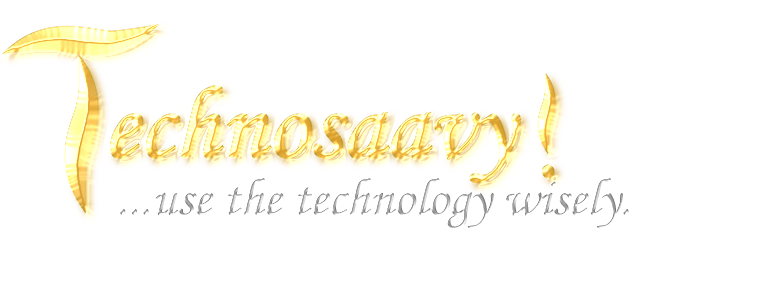my first <strong>web page</strong>.....!
Lorem ipsum dolor sit amet, consectetur adipiscing elit. Quisque sem quam, vehicula vitae sagittis eget, ornare id mi. Ut eleifend facilisis quam, in luctus erat laoreet in. Sed nec magna diam, et egestas augue. In fermentum sagittis tellus, interdum scelerisque turpis commodo quis. Curabitur iaculis tempor mollis.
Donec sed neque quis ligula ornare iaculis et eget urna. Nullam nec venenatis nisi. Sed tincidunt, elit facilisis lobortis congue, eros magna porttitor massa, non fermentum quam dolor quis risus. Nullam tortor augue, pretium eget scelerisque in, feugiat id metus. Vivamus nec felis lectus.
Morbi volutpat vestibulum ligula, ut sodales urna suscipit non. Phasellus eu mauris massa, sit amet fermentum turpis. Vestibulum faucibus tincidunt orci vel tempor. Nullam dolor est, adipiscing et sagittis sed, tristique vitae tortor.
<p>
Lorem ipsum dolor sit amet, consectetur adipiscing elit. Quisque sem quam, vehicula vitae sagittis eget, ornare id mi. Ut eleifend facilisis quam, in luctus erat laoreet in. Sed nec magna diam, et egestas augue. In fermentum sagittis tellus, interdum scelerisque turpis commodo quis. Curabitur iaculis tempor mollis.
<p>
Donec sed neque quis ligula ornare iaculis et eget urna. Nullam nec venenatis nisi. Sed tincidunt, elit facilisis lobortis congue, eros magna porttitor massa, non fermentum quam dolor quis risus. Nullam tortor augue, pretium eget scelerisque in, feugiat id metus. Vivamus nec felis lectus.
</p>
<p>
Morbi volutpat vestibulum ligula, ut sodales urna suscipit non. Phasellus eu mauris massa, sit amet fermentum turpis. Vestibulum faucibus tincidunt orci vel tempor. Nullam dolor est, adipiscing et sagittis sed, tristique vitae tortor.
</p>
Now you can see the formatting is looking a little bit more like what we intended. We can see that the paragraph tag added space between each one of these blocks of text making the page a lot easier to read.
Now we have seen a couple of tags. We want to go back to our document and let’s take a look, how multiple tags work together. You can imagine, we are going to be needing a lot of tags. So, what I want to talk about is referred to as nesting. I’ll start by adding one more tag to my first line, here I’ll go up to the space right in the front of letter ‘w’ and I’ll add an em tag spelled e-m and that’s short for emphasis. This tag will be rendered by most browsers by italicizing whatever text you put inside it, and now I’ll go to the end of the strong tag and that’s where I’m gonna place the end of the em tag, just like we do for other tags.
my first <strong><em>web page</strong></em>.....!
<p>
Lorem ipsum dolor sit amet, consectetur adipiscing elit. Quisque sem quam, vehicula vitae sagittis eget, ornare id mi. Ut eleifend facilisis quam, in luctus erat laoreet in. Sed nec magna diam, et egestas augue. In fermentum sagittis tellus, interdum scelerisque turpis commodo quis. Curabitur iaculis tempor mollis.
</p>
<p>
Donec sed neque quis ligula ornare iaculis et eget urna. Nullam nec venenatis nisi. Sed tincidunt, elit facilisis lobortis congue, eros magna porttitor massa, non fermentum quam dolor quis risus. Nullam tortor augue, pretium eget scelerisque in, feugiat id metus. Vivamus nec felis lectus.
</p>
<p>
Morbi volutpat vestibulum ligula, ut sodales urna suscipit non. Phasellus eu mauris massa, sit amet fermentum turpis. Vestibulum faucibus tincidunt orci vel tempor. Nullam dolor est, adipiscing et sagittis sed, tristique vitae tortor.
</p>
Let’s save this and will go out and take a look at it on our page.
You can see that the phrase web page is indeed italicized.
But, what I would like to point out here, is that we have actually coded our page wrong; when we set up an element that starts inside of another element, we need to end that one inside as well and as you can see here, the end of the em tag is outside of the strong tag but, the beginning is inside of them. This considered, improperly nested. But, you must have noticed that, it still looks correct on the browser page. Today’s modern browsers are pretty smart they can figure out what you made by the code instead of what you said. But, we never want to rely on that. If you have improperly nested tags all over your page, at some point, some browsers can render it incorrectly and then you have to go and find the problem and fix it. So, it’s a very good idea to pay attention to nesting while you put the tags together. In this case I’ll correct our page by moving the end of the em tag inside the strong tag.
<p>
Lorem ipsum dolor sit amet, consectetur adipiscing elit. Quisque sem quam, vehicula vitae sagittis eget, ornare id mi. Ut eleifend facilisis quam, in luctus erat laoreet in. Sed nec magna diam, et egestas augue. In fermentum sagittis tellus, interdum scelerisque turpis commodo quis. Curabitur iaculis tempor mollis.
</p>
<p>
Donec sed neque quis ligula ornare iaculis et eget urna. Nullam nec venenatis nisi. Sed tincidunt, elit facilisis lobortis congue, eros magna porttitor massa, non fermentum quam dolor quis risus. Nullam tortor augue, pretium eget scelerisque in, feugiat id metus. Vivamus nec felis lectus.
</p>
<p>
Morbi volutpat vestibulum ligula, ut sodales urna suscipit non. Phasellus eu mauris massa, sit amet fermentum turpis. Vestibulum faucibus tincidunt orci vel tempor. Nullam dolor est, adipiscing et sagittis sed, tristique vitae tortor.
</p>






































